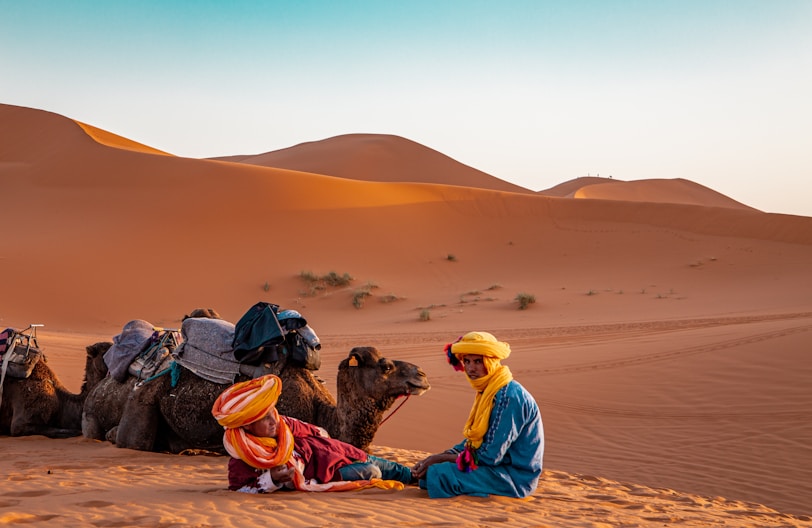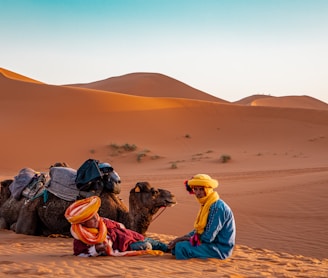Nilo Saharan Languages
One distinguishing element is a tripartite singulative-collective-plural number system, which, according to Blench (2010), emerged from the protolanguage's noun-classifier system. In a Sahara that was green during the Neolithic Subpluvial, when the desert was more habitable than it is now, the distribution of the families may represent ancient watercourses.
AFRICAN HISTORY
deangichukie
6/4/20232 min read


An estimated 50–60 million people in Africa speak the Nilo-Saharan languages, which are primarily spoken in the upper reaches of the Chari and Nile rivers. The group was identified by Joseph Greenberg, who claimed it was a genetic family. It contains the tongues that do not belong to the Khoisan, Afroasiatic, or Niger-Congo language families. Old Nubian, one of the first written African languages attested in writing from the eighth to the fifteenth centuries AD, is the first written language connected to the Nilo-Saharan family. While Georgiy Starostin (2016) does not recognize a relationship between the branches of Nilo-Saharan, other linguists do not support the unity of the Nilo-Saharan family or even the Eastern Sudanic branch.
The families that make up Nilo-Saharan are very different.
One distinguishing element is a tripartite singulative-collective-plural number system, which, according to Blench (2010), emerged from the protolanguage's noun-classifier system. In a Sahara that was green during the Neolithic Subpluvial, when the desert was more habitable than it is now, the distribution of the families may represent ancient watercourses.
There are several languages having at least one million speakers among the Nilo-Saharan languages. Descending in power:
Luo (Dholuo, 4.4 million). Dholuo language of the Luo people of Kenya and Tanzania.
Kanuri (4.0 million). The major ethnicity around Lake Chad.
Songhay (3.2 million all dialects, mostly Zarma). Spread along the Niger River in Mali, Burkina Faso, and Niger.
Teso (1.9 million). Related to Karamojong, Turkana, Toposa and Nyangatom
Nubian (1.7 million, all dialects).
Lugbara (1.7 million). The major Central Sudanic language; Uganda and the Democratic Republic of the Congo.
Nandi–Markweta languages (Kalenjin, 1.6 million). Kenyan Rift Valley, Kapchorua Uganda.
Lango (1.5 million). A Luo language, one of the major languages of Uganda.
Dinka (1.4 million). The major ethnicity of South Sudan.
Acholi (1.2 million). Another Luo language of Uganda.
Nuer (1.1 million in 2011, significantly more today). The language of the Nuer, another numerous people from South Sudan and Ethiopia.
Maasai (1.0 million). Spoken by the Maasai people of Kenya and Tanzania, one of the most well-known African peoples internationally.
Ngambay (1.0 million with Laka). Central Sudanic, the principal language of southern Chad.
Some other important Nilo-Saharan languages under 1 million speakers: Fur(500,000), Tubu(350,000)
